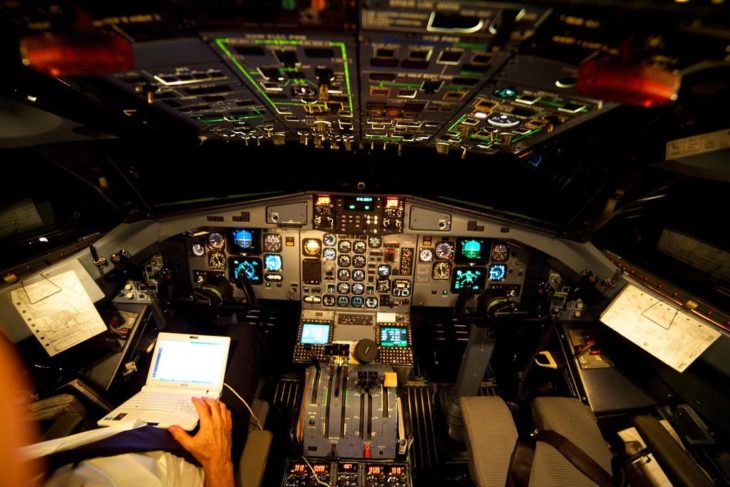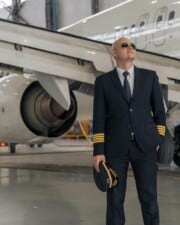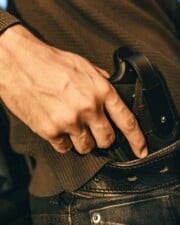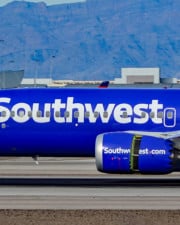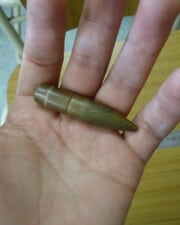Driving at night comes with its own challenges, but you’re still able to see the road thanks to headlights and streetlamps. However, there is no lighting for the road in the sky, and planes don’t come equipped with headlights. How are pilots able to make overnight flights?
The short answer is that the way pilots see at night is pretty different from what we might consider seeing. Pilots may not be able to see the horizon itself but fly thanks to Instrument Flight Rules and radar from the ground. If they are flying close to the ground, then they might use city lights or even night vision goggles.
Here is what you need to know about pilots and how they’re able to get you to your destination even while flying at night.
The Solution: Instrument Flight Rules
One of the most common ways pilots fly at night is by using Instrument Flight Rules instead of relying on their vision. Instrument Flight Rules, often abbreviated to IFR, describe a set of guidelines that the FAA has for pilots when they fly based on guidance from instruments instead of what they see visually.
Pilots can fly IFR under any circumstances where they can’t see out of the cockpit, including foggy weather and flying at night. Flying IFR requires extra training because it is not as intuitive as flying under Visual Flight Rules (VFR).
There are many different instruments in the cockpit that pilots use to fly safely while using IFR. The main ones are the airspeed indicator, aircraft altimeter, turn coordinator, heading indicator, vertical speed indicator, and altitude indicator.
The last instrument is one of the most important when flying at night. The altitude indicator makes up for the fact that pilots can’t see the horizon at night. Sometimes called an artificial horizon, this instrument shows the relationship between the aircraft and the position of the horizon.
These main instruments are commonly called “the Six Pack.” Other important instruments that pilots need to know to fly IFR are navigation tools such as GPS and more analog tools such as weather charts. Navigation is one aspect that gets affected the most at night, but pilots make do by using VOR and NDB beacons.
Can Pilots Fly VFR At Night?
Most planes that have more than 20 passengers are required to fly IFR for safety. However, in some situations, pilots need to fly VFR at night despite the diminished visual cues. Planes that fly VFR are usually small planes, including private planes, as well as law enforcement, search and rescue, and wildfire aircraft.
To fly at night using VFR, pilots rely on a few different tools. When landing or taking off, communication with the air traffic control tower is key. However, once the pilot leaves the airport’s airspace, there is only so much air traffic control can do.
Depending on where a pilot is flying, they will see some light. Pilots can use runway lights as guidelines for how to land and city lights to navigate around the city and avoid collisions. It turns out that light pollution does have some benefits!
Airplanes also come equipped with their own lighting that helps pilots fly at night. Planes do have headlights, but these are just used to see the runway during taxi, takeoff, and landing and aren’t much use in the sky.
Airplanes are also required to have flashing anti-collision lights and position lights. These are the flashing lights we see from the ground when looking at the night sky. These lights help pilots notice other airplanes in the sky, which is actually easier at night than during the day, and avoid a collision. The FAA mandates that all planes have these lights, particularly if they are flying VFR at night.
Do Pilots Wear Night Vision Goggles?
For those who like a bit of fancy equipment, it seems as if there is an easy solution to help pilots see at night—night vision goggles. Why don’t pilots just wear goggles?
For commercial pilots, night vision goggles aren’t practical because flying based on instrument readings is more accurate. Night vision goggles are also expensive, making them out of reach for many sport pilots or private plane enthusiasts.
However, some pilots who fly at night use night vision goggles, especially search and rescue pilots and other people in life-saving work. As technology for night vision goggles improves, they are becoming more popular for law enforcement, medical evacuations, and other professional pilots.
Besides relying on night vision goggles, there are other ways that pilots can train their vision and prepare for flying at night. Before taking off, pilots will sit in the dark for a bit to let their eyes adjust. Others install enhanced vision systems on their planes that use infrared cameras to compensate for darkness.
Related Posts
